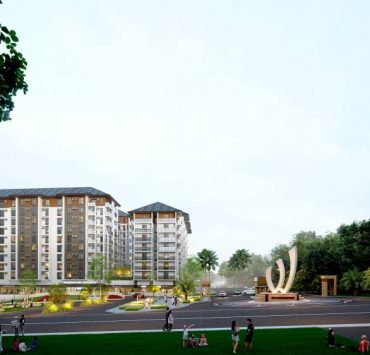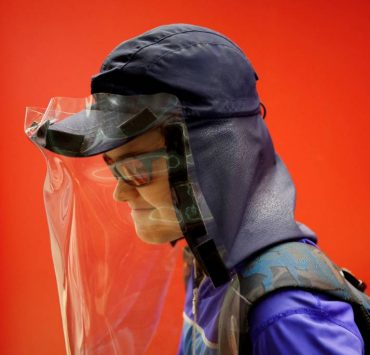The evolution of Metro Manila’s office landscape
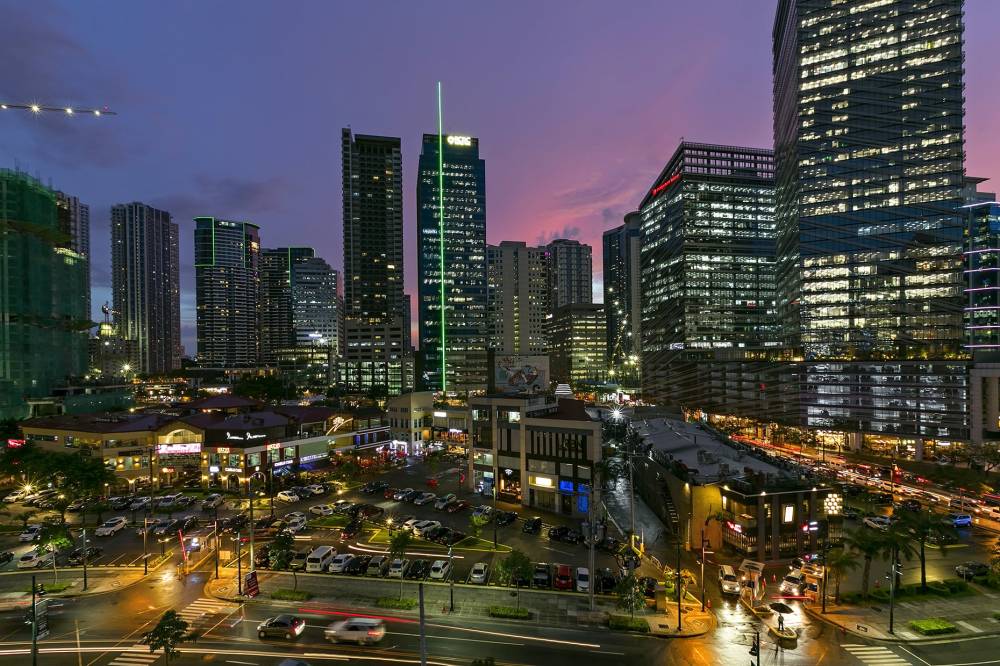
My journey as a real estate broker, specializing in tenant representation, began during a much simpler time. Back in 1996, only a handful of buildings in the central business districts (CBD) of Makati and Ortigas comprised the entire office market.
Today, the landscape has exploded. A real estate consultant can now showcase dozens of buildings across diverse locations, stretching beyond Metro Manila. This vast selection empowers clients but also complicates the search process. Exploring all viable options can take a full week.
The rise of Grade A offices
The mid 90s saw a defining shift with the completion of Citibank Tower and Ayala Tower One, Manila’s first benchmarked Grade A office buildings.
These pioneering structures, boasting sleek glass facades and modern amenities, stood out from Makati’s traditional architecture.
They attracted stockbrokers, financial institutions, and companies seeking an environment akin to those in Singapore and Hong Kong.
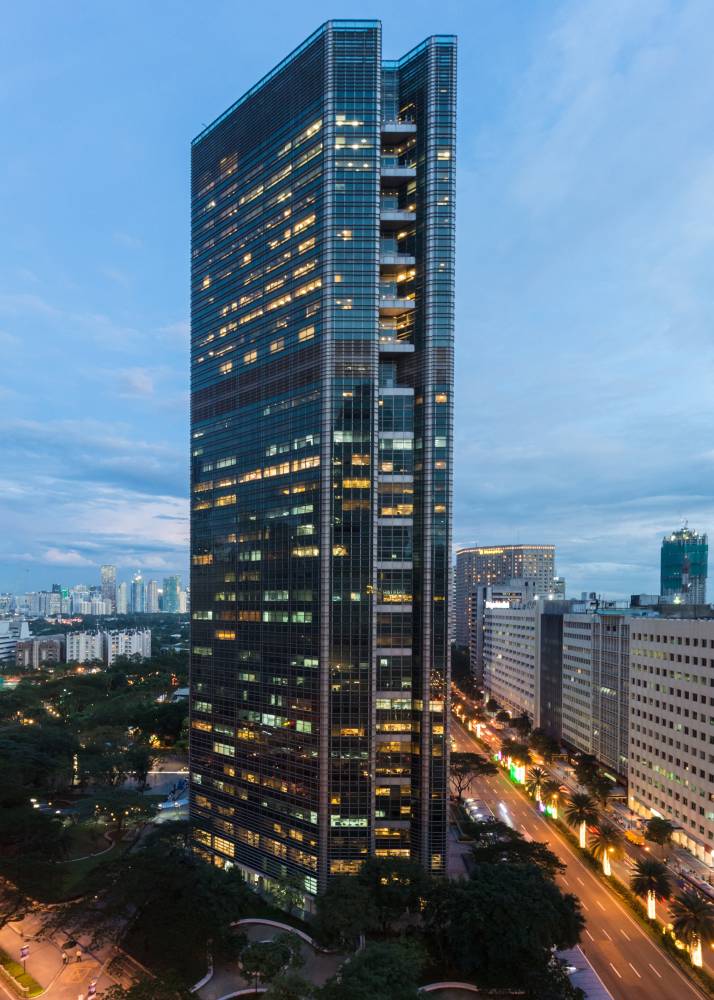
While Makati flourished, Ortigas Center wasn’t far behind, with developments like Tektite Towers housing a Philippine Stock Exchange branch. By 2000, Ortigas Center boasted its own roster of Grade A buildings like Wynsum Corporate Plaza, directly competing with Makati.
Ayala Tower One: Catalyst for change (1996)
Designed by Skidmore, Owings & Merrill (SOM), Ayala Tower One wasn’t just the first SOM-built office building in the Philippines. It also set the aesthetic tone for future Makati structures.
Alongside Petron Megaplaza along Sen. Gil Puyat Avenue, these developments not only met the critical need for modern office space but also marked the beginning of Makati’s transformation into a premier business district. Several other buildings sprouted along Ayala Avenue and Paseo de Roxas, catering to the rising demand for modern office buildings.
RCBC Plaza: Beacon during economic turmoil (1997)
Completed amid the Asian financial crisis, RCBC Plaza, with its substantial 150,000 sqm of office space, emerged at a surprisingly opportune time. The Philippine Economic Zone Authority (Peza) was then actively promoting the Philippines for shared corporate services and IT sectors.
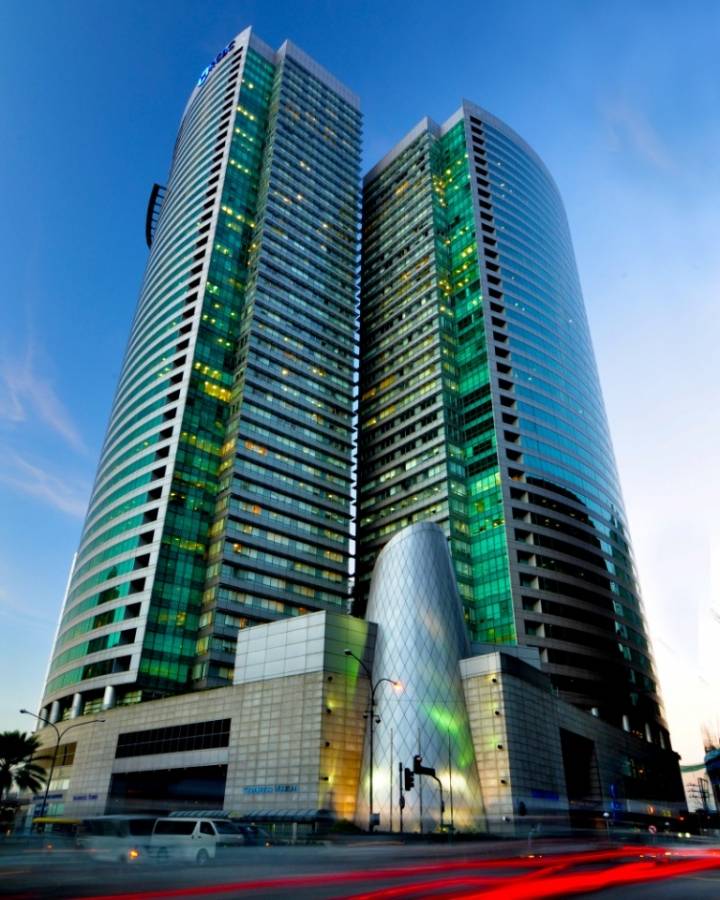
Capitalizing on this, RCBC Plaza became the first Makati CBD building to secure Peza accreditation, attracting some of the Philippines’ first contact centers. It also became home to two of the country’s largest shared service centers for Chevron and Shell, with Procter & Gamble establishing a center in nearby Petron Megaplaza.
BGC and Filinvest City: New business hubs
In the first decade of the 2000s, Bonifacio Global City (BGC) rose to prominence as a prime business destination.
Pioneering developers such as HatchAsia and The Net Group constructed the initial office buildings, laying the foundation for a burgeoning business hub. In 2013, Coca Cola relocated its Manila and Makati operations to Net Lima, signaling the start of BGC’s rapid development.

Soon after, leading global corporations like Unilever, Citibank, and McCann Erickson followed suit, solidifying BGC’s reputation as a haven for multinational corporations.
Further south in Alabang, Filinvest City was establishing its own niche. A significant milestone was reached in 2015 when Fluor Daniel signed with Innoland for a bespoke 25,000 sqm office building, exemplifying the area’s growth.
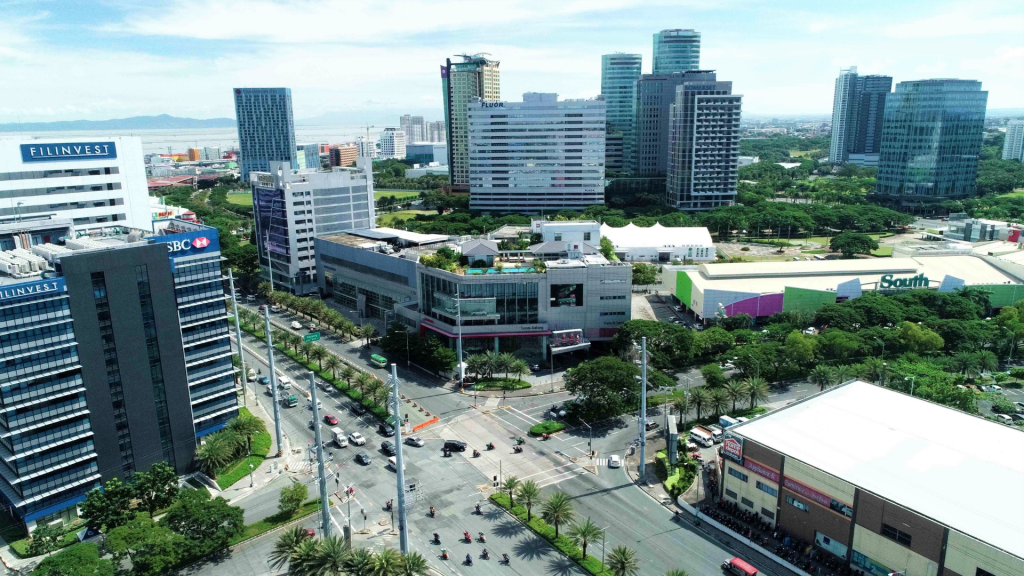
This development, built upon the success of Filinvest’s Northgate Cyberzone, was already popular with established companies like HSBC, Convergys, and Genpact.
Notably, Filinvest was a pioneer in establishing Peza-registered IT parks in the Philippines. Today, Filinvest City’s strategic location south of Metro Manila positions it as a compelling option for businesses seeking a well-established and accessible environment.
Thriving market, dynamic future
Metro Manila’s office market has undeniably boomed, expanding beyond Makati and Ortigas Center.
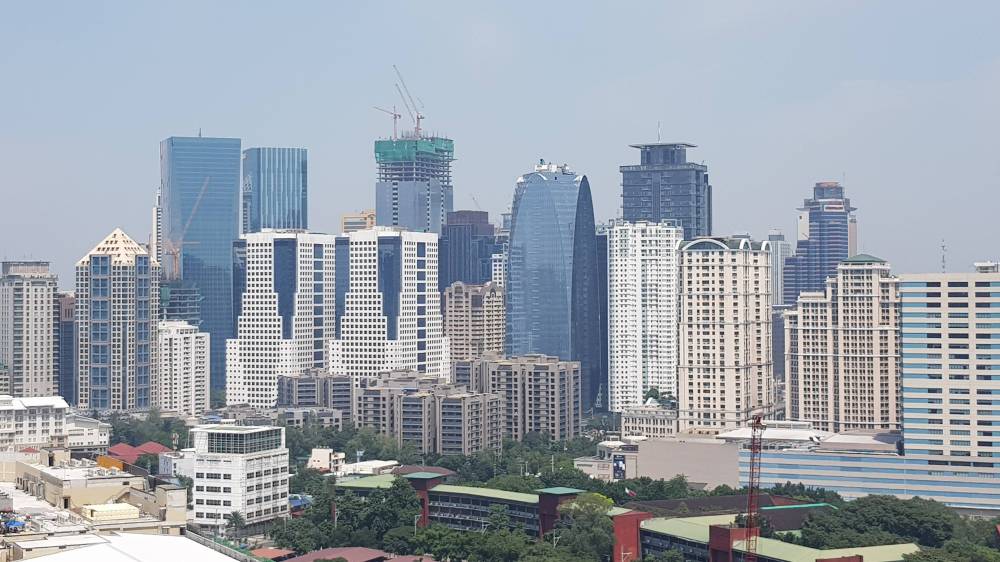
Today, business districts, IT parks, and pocket developments cater to a wider range of companies. With a current vacancy rate of 17 percent, the market could shift toward a tenant’s advantage if vacancy rates dip below 5 percent.
Key discussions surrounding the future of the office market revolve around the business process outsourcing (BPO) industry’s sustainability and the evolving work models that may integrate both office- and home-based setups.
Outsourcing, townships, smaller business districts
The Philippines has since become a popular destination for outsourcing, attracting many US-based companies seeking to reduce operating costs. This booming industry, which currently employs about 1.7 million people, has driven a unique development trend: townships and smaller business districts.
Recognizing the needs of the country’s thriving contact center industry, developers have built over 45 townships across Metro Manila and other regions. These cater to the growing workforce by providing integrated communities with residential areas, offices, commercial spaces, and essential amenities. This creates a convenient and efficient living environment for BPO employees.
Remarkable transformation
Metro Manila’s office market has undergone a remarkable transformation, blossoming from a handful of buildings to a diverse and dynamic landscape. Looking ahead, the future of Metro Manila’s office market is intertwined with evolving work models and the BPO industry’s sustainability.
But one thing remains certain: Metro Manila’s office scene will continue to adapt and thrive, attracting both local and international businesses seeking a vibrant and strategic location in Southeast Asia.
The author is the executive director for Commercial Leasing at Leechiu Property Consultants Inc.














